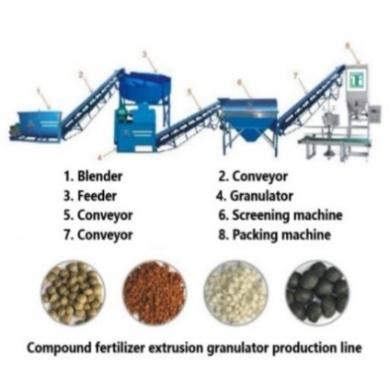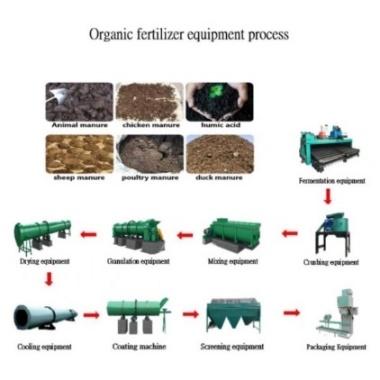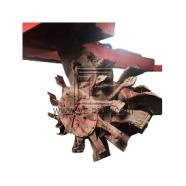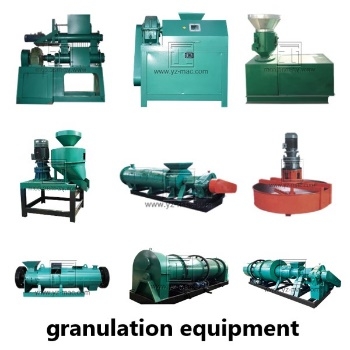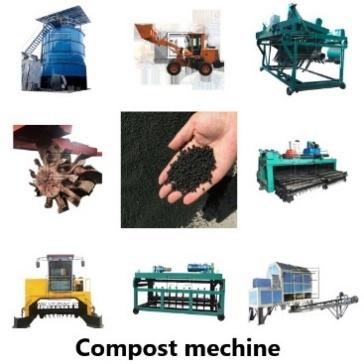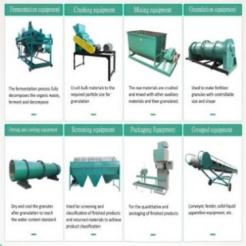Compound fertilizer production line
A compound fertilizer production line is a comprehensive system designed to manufacture compound fertilizers, which are fertilizers composed of two or more nutrients essential for plant growth. This production line combines various equipment and processes to efficiently produce high-quality compound fertilizers.
Types of Compound Fertilizers:
Nitrogen-Phosphorus-Potassium (NPK) Fertilizers: NPK fertilizers are the most commonly used compound fertilizers. They contain a balanced combination of nitrogen (N), phosphorus (P), and potassium (K) in varying proportions.
Complex Fertilizers: Complex fertilizers consist of two or more nutrients, excluding nitrogen, phosphorus, and potassium. These fertilizers often contain secondary nutrients like calcium, magnesium, and sulfur, as well as micronutrients like iron, zinc, copper, and boron. Complex fertilizers provide a comprehensive nutrient profile to support plant growth.
Components of a Compound Fertilizer Production Line:
Raw Material Preparation: This stage involves sourcing and preparing the raw materials required for compound fertilizer production. These materials may include ammonium nitrate, urea, phosphoric acid, potassium chloride, and other additives.
Mixing and Blending: The raw materials are mixed and blended in precise ratios to achieve the desired nutrient composition. This process ensures a homogeneous mixture of nutrients, enhancing the effectiveness of the compound fertilizer.
Granulation: The blended materials are granulated into uniform-sized particles. Granulation improves handling, storage, and nutrient release properties of the compound fertilizer. Granules can be produced using techniques such as drum granulation, pan granulation, or extrusion.
Drying: The granulated compound fertilizer is dried to remove excess moisture, ensuring stability and preventing clumping. Drying methods may include rotary dryers, fluidized bed dryers, or other drying systems.
Cooling: After drying, the compound fertilizer is cooled to ambient temperature, preventing further moisture absorption and preserving the granule integrity.
Screening and Coating: The cooled compound fertilizer is screened to remove undersized or oversized particles. Coating may also be applied to the granules to improve their appearance, control nutrient release, and enhance their handling characteristics.
Packaging: The final step involves packaging the compound fertilizer into bags or other containers for distribution and sale.
Applications of Compound Fertilizers:
Agriculture and Crop Production: Compound fertilizers are widely used in agriculture to provide balanced nutrition to crops. They help replenish essential nutrients in the soil, improve plant growth, increase crop yield, and enhance the quality of harvested produce.
Horticulture and Floriculture: Compound fertilizers find applications in horticulture and floriculture, including greenhouse cultivation, ornamental gardens, and landscaping. They support the growth of flowers, fruits, vegetables, and other specialty crops, promoting healthy plant development and vibrant blooms.
Turf Management and Sports Fields: Compound fertilizers are utilized in turf management for lawns, golf courses, sports fields, and recreational areas. They provide the necessary nutrients for lush, green turf, promoting healthy root development and resistance to stress.
Controlled-Release Fertilizers: Compound fertilizers can be formulated as controlled-release fertilizers, allowing for a slow and continuous release of nutrients over an extended period. This ensures a steady supply of nutrients to plants, reducing the frequency of fertilizer application and minimizing nutrient losses.
Conclusion:
A compound fertilizer production line combines various processes to produce high-quality compound fertilizers, such as NPK fertilizers and complex fertilizers. These fertilizers play a crucial role in providing balanced nutrition to crops, promoting healthy plant growth, and maximizing agricultural productivity. The components of a compound fertilizer production line, including raw material preparation, mixing, granulation, drying, screening, coating, and packaging, ensure the efficient manufacturing of compound fertilizers. Compound fertilizers find wide-ranging applications in agriculture, horticulture, turf management, and controlled-release formulations. By utilizing compound fertilizers, farmers and growers can optimize nutrient management, enhance crop yields, and contribute to sustainable agricultural practices.


